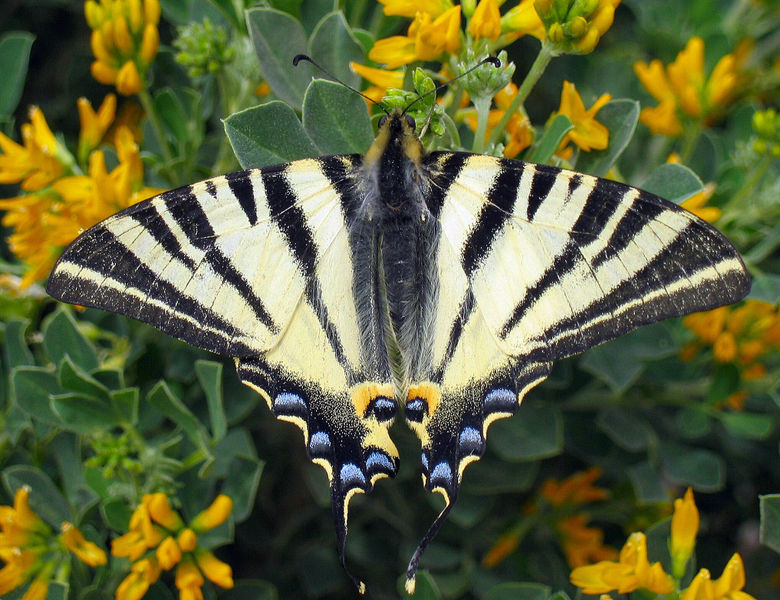|
|||||||||||||||||||||||||||
June 27, 2006
 The Granada mosque
The Granada mosque
Last Friday I drove Pat to Granada for a PET scan (yes, provided by socialised medicine). It took a while, so I went for a walk in the Albaicín, the old Moorish/Jewish quarter. It's so picturesque as to be corny, with narrow cobbled lanes intersecting at strange angles, whitewashed old houses with flowered courtyards, and little squares with churches and cafés. Tourists used to be warned to watch out for Gypsy pickpockets (stereotype!) while listening in smoky bars to proper flamenco - middle-aged men in bad suits singing about poverty, tormented love and loss, a music that's stylistically far removed from the blues, fado or rebetiko, but very similar in its social roots. If you want this, hurry before it's too late. The Albaicín is being rapidly gentrified and even the graffiti are upmarket.
One of these squares is a fine mirador. On one side is the Granada mosque, of much more than local significance.
It isn't large, but built to a very high standard. The ablution fountain occupies one wall of an elegant marble-panelled courtyard. In front is a delightful terrace garden with more ornamental fountains and butterflies among the flowers, including a Scarce Swallowtail, iphiclides_podalirius:

(photo from Wiki commons).
The view is to die for: over the valley to the Alhambra with the Sierra Nevada behind. The idea of the mosque, more a spiritual caravanserai and place for refreshment than an arena for strenuous communal effort like a synagogue or a church, is one of Islam's better inventions.
The mosque was opened in 2003 by the Emir of Sharjah, who presumably paid for the marble. The prime location required the support of the city, obtained after an impressive ten-year struggle against reactionary opposition. The founders seem mainly concerned to make a cultural-historical statement about the return of living Islam even on a small scale to one of the sites of its former glories. I'm more interested in the potential for cultural interchange today, on the great model of the tenth-century Cordoba caliphate. The mosque has a cultural outreach programme, but what can be expected of it?
The imam, Sidi Muhammad bin Mubarak Al Kassbi Al Sousi (bio only on the Spanish site) is a traditionally trained Moroccan scholar, presumably of the Maliki school. I infer that he's reliably conservative rather than radical. A far cry from semi-literates like Mullah Omar of the Taliban, who never graduated from his up-country madrasa. But Sidi Muhammad's CV gives no sign of sustained contact with non-Muslim religious thinking and secular science. You will find such men among ultra-Orthodox rabbis and Greek Orthodox priests; more rarely now among Protestant and Catholic clergy, who are trained in apologetics and therefore must know their adversaries to some extent. Many of them are educated in universities as well as seminaries, and are exposed to a wider range of religious and secular thinking.
One of the more easly mended failures of European policy towards its Muslim minorities is the lack of similar training programmes within public higher education for imams, with a double secular and religious accreditation. This lack requires imams to be imported for countries like Morocco with inevitably lower standards of general education, and little understanding of the complex societies in which their communities must live.
I couldn't find a piece by the imam on the site, but this essay by a woman member of the community, Hajja Saba Samawat, suggests a great detachment from modern science. It includes this passage on scientists:
The summit of their achievement is to grow the legs of a fruit fly coming obscenely out of its head. They are incapable of origination.This is a sadly complete misunderstanding of the researchers' purpose and achievement. The discovery of the homeobox genes in flies was a major breakthrough in biology. The monsters resulting from mutations in these genes were not produced as a macabre exercise in Frankensteinian virtú, but to demonstrate the genes' normal function in development. Since homeobox genes occur in most (perhaps all?) vertebrates, they underline the unity of nature; since small mutations to these regulatory genes can produce dramatic as well as regular effects on body plan and shape, they illustrate its elegant economy and provide a mechanism for our post-Cambrian diversity. They explain the beautiful geometric transformations spotted a century ago by the oddball naturalist D'Arcy Wentworth Thompson. A sound theology of creation in any religion should come to terms with and value such understandings.
What a decline since the eleventh century when the only scientists in western Eurasia were Muslims or Jews living under Moslem rule.
***********************************
(second post to come on the latest Pew survey on attitudes of and towards Muslims)

